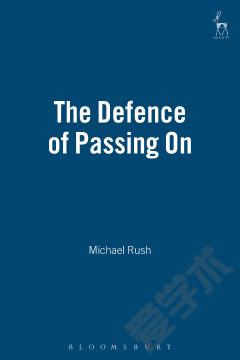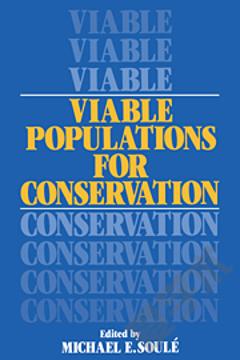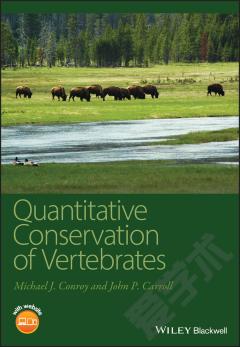The Fight for Conservation
Toward the conclusion of Gifford Pinchot's tenure as chief forester with the U.S. Forest Service, he released his final book for which the public would remember him as conservationist, press agent, and forester: The Fightfor Conservation. Published by Doubleday, Page and Company (New York) in 1910. The Fight for Conservation was the culmination of Pinchot's work that advocated practical, efficient uses of forest reserves to reduce exploitation and encouraged responsible and sustainable distribution of natural resources for urban development. In Pinchot's words, conservation entailed that "the greatest good could be derived for the public by scientifically and intensively managing resources such as forests, for a productive use such as lumber, in a manner that would ensure their continued productivity for many generations to come."1 Despite Pinchot's use of a private sector publisher (unlike the official Forest Service materials published by the Government Printing Office in previous years), The Fightfor Conservation posited moral and nationalistic obligations of the public to understand and support forestry because the new practice of resource preservation was, according to Pinchot, "the application of Christianity to the commonwealth."2 As chief forester, Pinchot generated favorable public sentiment with considerable success after his appointment to the inaugural National Forest Commission in 1896 (renamed the Bureau of Forestry in 1901 and the Forest Service in 1905). ' At the time, Pinchot was thirty-one, the youngest among others who were scientists with experience far beyond his age. Yet, Pinchot's contributions to forestry-and the emerging practices of public relations-surpassed those of his contemporaries, as he was the only committee member formally trained in forestry and cognizant of the necessity to disseminate the ongoing mission of natural resource preservation (i.e., conservation) to the American public for legitimization and favorability.4 Pinchot was involved with various events, gave speeches, and published books, pamphlets, press releases, and content for newspaper articles regarding all aspects of conservationism, information which he, and many newspaper editors, considered particularly notable for inclusion.4 Historian Stephen Ponder noted that "[b]etween 1898 and 1910, the Forest Service published 10.8 million copies of government advisories, pamphlets and various reports" that specifically included "68 publications on forestry available from the agency" with a distribution volume of approximately "4.4 million copies of 220 publications . . . that reached 750,000 names by Pinchot's last annual report in 1909."6 Additionally, Pinchot's involvement with notable events included the Forest and Water Convention (1905), the Inland Waterways Commission (1907), the Conference of Governors (1908), and the North American Conservation Conference (1909), all of which held ceremonial meetings, policy enactments, or speeches from which the press reported conservationist support among policy-makers. Although Pinchofs tenure with the US Forest Service concluded within a year of President William Floward Taft's inauguration on March 4, 1909, his methods of propagating conservation resonated with audiences, yielding the necessary sentiment for ideas of resource preservation to remain in the public consciousness beyond his tenure.7Pinchot's engagements with the press, in its various forms, occurred within a bureaucratic context distinct from the emerging practices of public relations during the early twentieth century. In the private sector, expositions of harmful workplace conditions- such as Lincoln Steffens's The Shame of the Cities (1904), IdaTarbell's The History of the Standard Oil Company, and Upton Sinclair's The Jungle (1906)-shifted public opinion to support Progressive Era reforms, leaving managers with tough choices about responding to an increasingly informed (and critical) public.8 As such, public relations-in its modern, professionalized form-emerged rather rapidly as practitioners established firms and initiated new methods of communication to yield favorable public opinion of businesses otherwise tarnished by accounts of the muckrakers (so-called by President Theodore Roosevelt). â¦
{{comment.content}}








 京公网安备 11010802027623号
京公网安备 11010802027623号